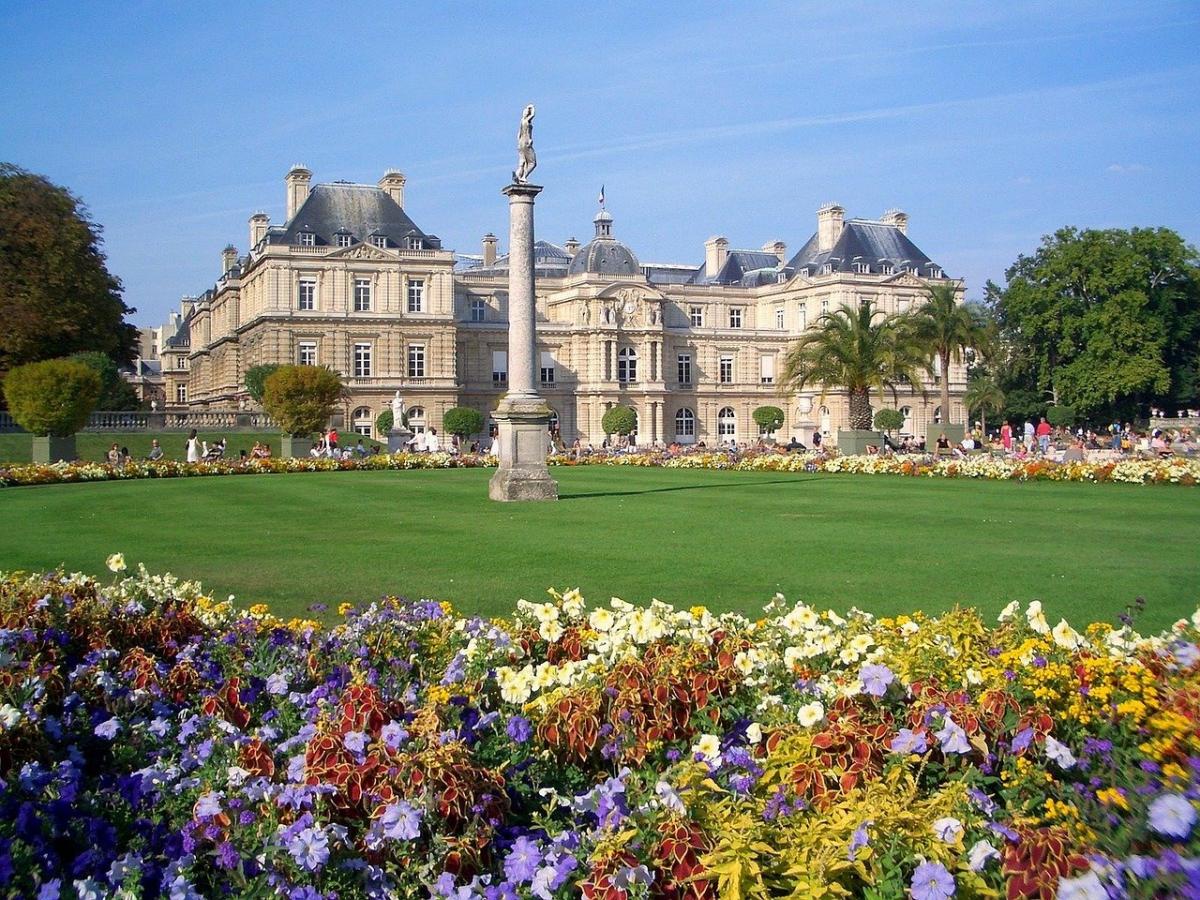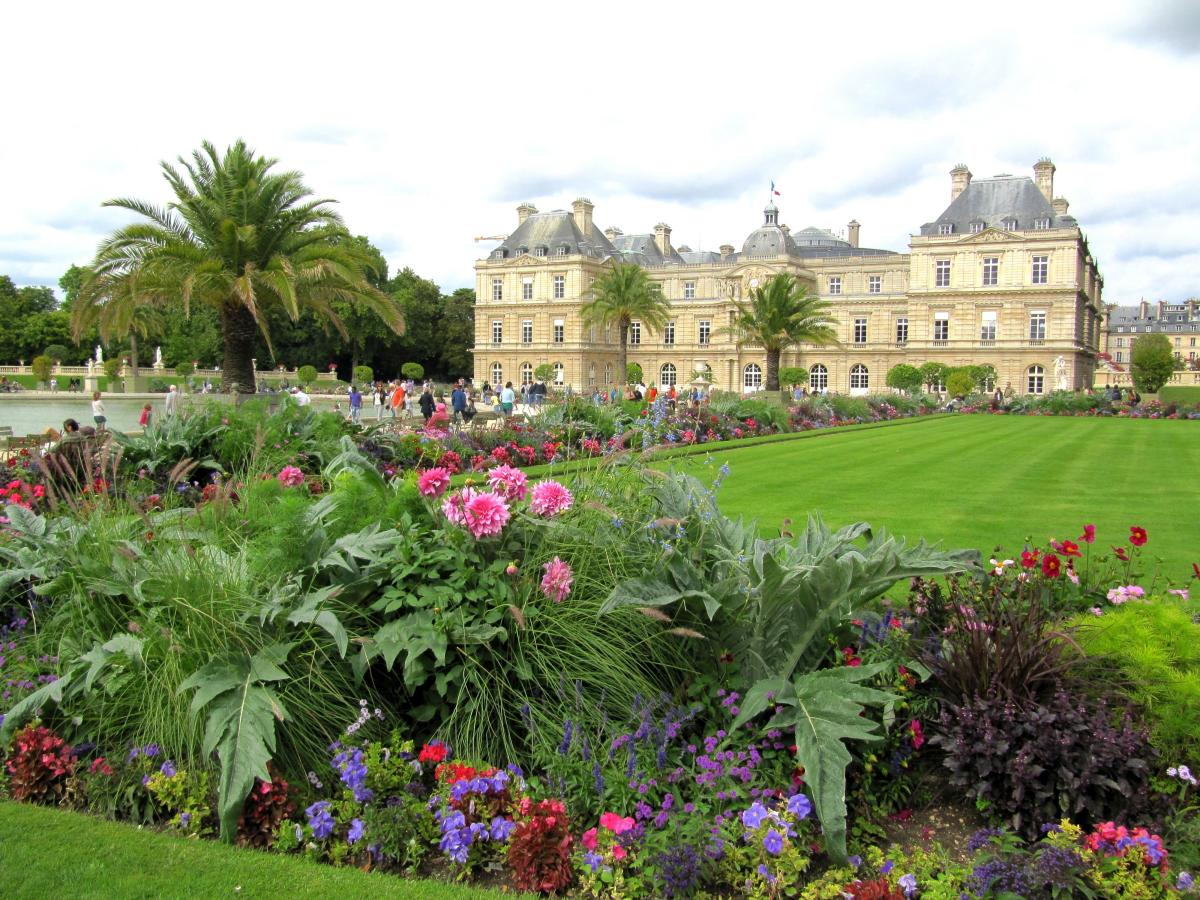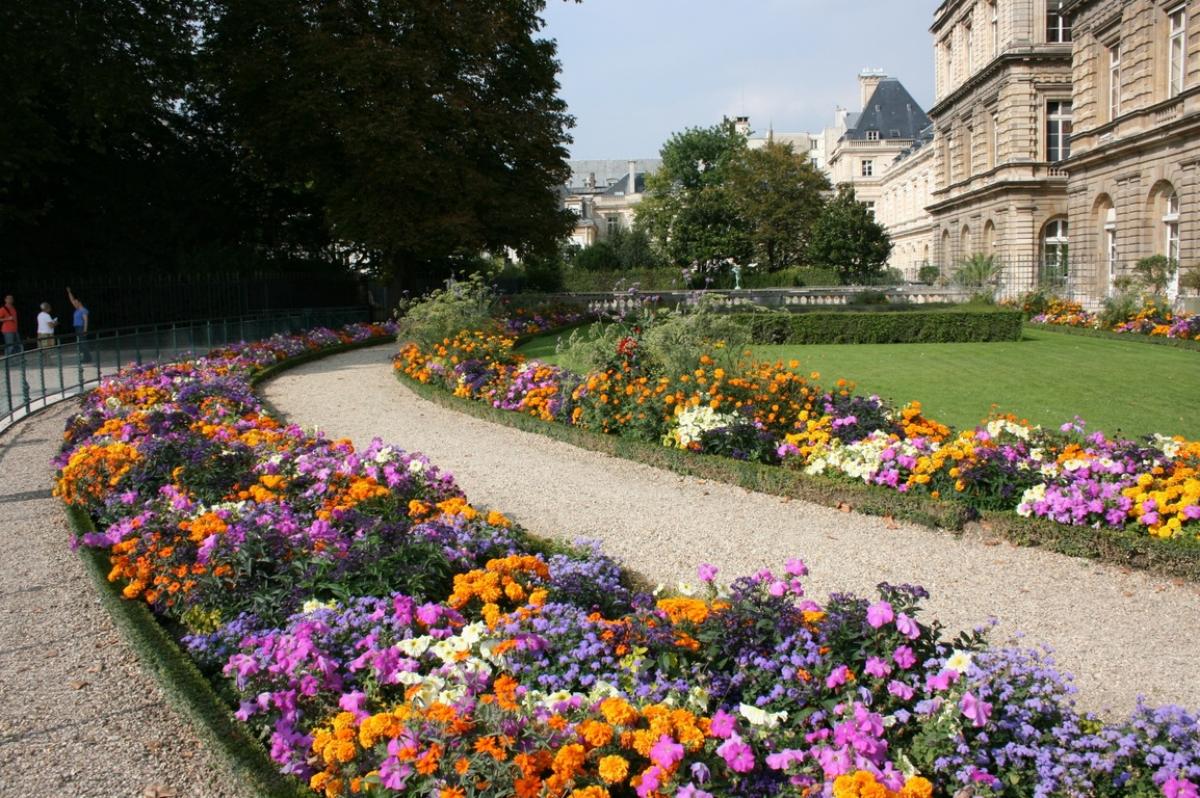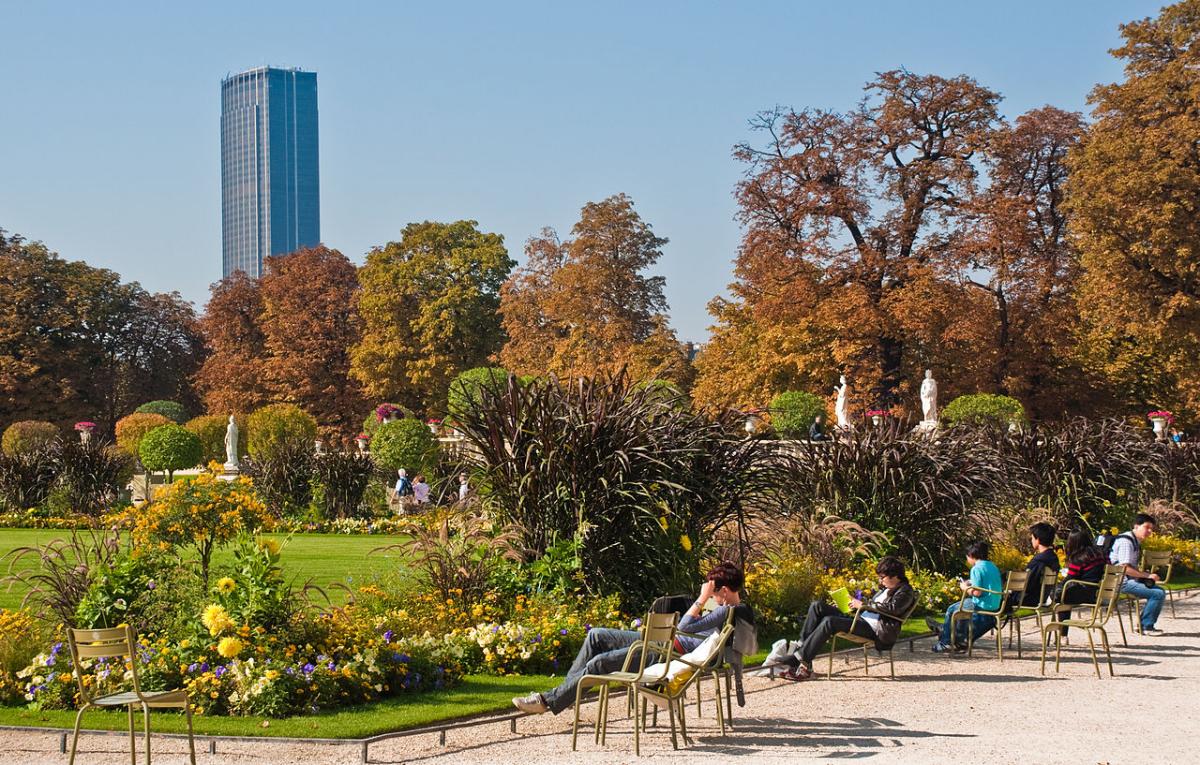
Some say that the Luxembourg Gardens are the most beautiful in Paris. Of course, the variety of colors and shapes that adorn it are undoubtedly spectacular, a sign that throughout its history its owners have wanted to make it stand out.
To do this, both the choice of plants and their location is highly studied. Not surprisingly, these gardens are an important part of a private park that occupies an area of more than 20 hectares. Everything has to take its place to make it look splendid.
History of the Luxembourg Gardens

The history of the Luxembourg Gardens begins with the wish of a woman, the Queen Regent of France, Marie de Medici. Thanks to the family wealth, he decided that he wanted to expand his »little» 300-meter-wide garden between 1614 and 1631. It was not easy, since right on that land that he wanted to expand there was a Carthusian convent that cost him evict.
The design was commissioned by one of the best-known landscapers of the time: Jacques Boyceau. To him we owe the first fountains, walks and flowerbeds. Medici would have wanted to include ponds and more fountains, but they were never built except for the current Maria de Medici fountain, which in the past was called the Luxembourg Grotto. At present, it is the only element that remains of this initial garden, although it is more decorative than functional. About two centuries later, in 1862, a pond was added to extend it, which is still intact.
But before, in 1782, the area occupied by the Luxembourg Gardens was reduced, since the westernmost part was sold in order to pay for the palace reform works carried out by the Count of Provenzca, who was the brother of King Louis XVI. Ten years later, the convent would close, which allowed the gardens to be expanded in front of the palace's façade.
Later, Baron Georges-Eugène Haussmann (1809-1891), responsible for the remodeling of the city as he was the one who ordered the construction of avenues which led to the destruction of neighborhoods, wiped out some parts of the gardens, as it would replace them with wide tree-lined streets with a central walkway. This did not please the Parisians, who could already visit the gardens; in fact, they got to gather 12 thousand signatures to stop the works.
In later years, trees, palms and other plants would continue to be planted to give this place the appearance it has today, although since 1799 it has been the seat of the Senate of France.
What will we find in the Luxembourg Gardens?
Gardens

The Luxembourg Gardens currently occupy 25 hectares, and we can see two types of gardens: English, in which irregular corners predominate; and the French, characterized by geometric shapes, and open fields that are arranged around a large octagonal pond.
If we talk about plants, we found palm trees, in particular date stamps (Phoenix dactylifera) and canary islands (Phoenix canariensis), oleanders (nerium oleander), pomegranate (Punica granatum), as well as about 180 citrus During the winter they are taken to the Orangerie building, which was built in 1839 and which serves as protection against frost.
At the end of the XNUMXth century, the greenhouses that exist today were built. In them the flowers that will be used both for the garden beds and to decorate the Senate are grown. What's more, since 1838 a collection of more than ten thousand orchids has been cared for.
Statues
In this place there are more than a hundred statues, among which the dancing faun built in 1851; the mask seller (1883), who wears masks with the faces of Victor Hugo, Delacroix, or Balzac among others; or the Silenus Triumph (1885), which would become a sign of the exaltation of drunkenness and excesses.
Another very interesting one is statue of Liberty (1878), which was one of those that took place before the one in New York was raised.
Points of Interest
There are other points of great interest such as the Luxembourg Museum, which was the first public museum in the country and where temporary exhibitions are held today, the Luxembourg Theater, or the Paris meridian, known as the Arago line.
As a curiosity, to tell you that this meridian was about to be used as a universal reference from 1884, but finally the Greenwich meridian was the one that emerged victorious in this 'competition'. Now, if you have the opportunity to go there, you should know that the place where it was fixed was marked with 135 medallions with the word Arago.
Among other places that deserve mention are, for example, the sports courts, the bandstand and the playgrounds.
How much does it cost to get to the Luxembourg Gardens?

Image - Wikimedia / Phillip Capper
Admission is free, but they have a schedule that changes throughout the year. Thus, they open between 7.15 and 8.30, and close between 16.30 and 21.30. For more detailed information, we recommend consulting the French Senate website.
Did you like what you have seen and learned about this place? Have you ever been?